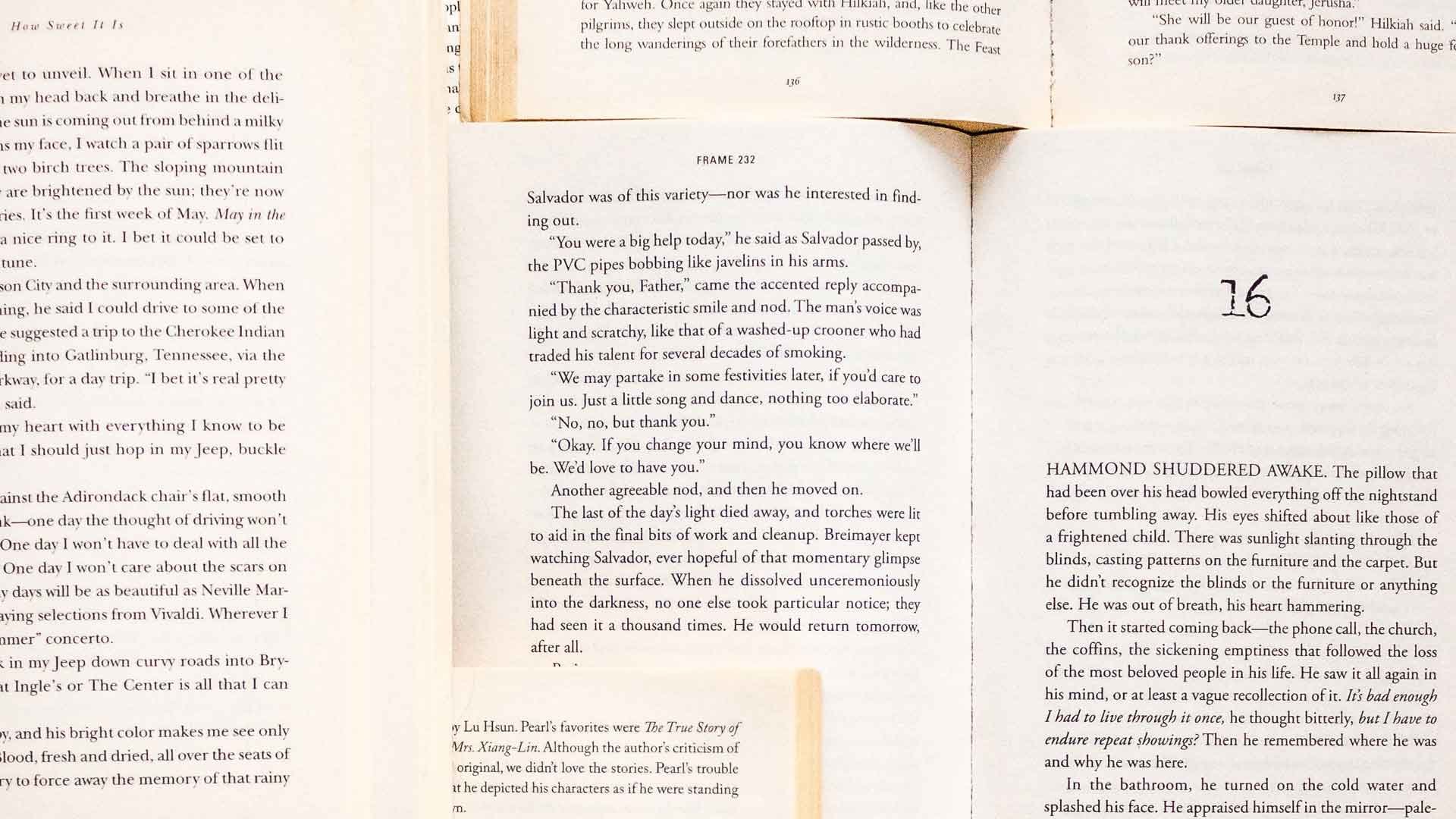
Printing Knowledge:
Understanding Gutters
In the printing industry, "gutters" refer to the inside margins closest to the spine of a book or the blank space between two facing pages in the center of a newsletter or magazine. The amount of gutter needed differs depending on the binding method. The term "gutter" comes from the fact that these blank spaces often resemble the gutters on the sides of a street, which collect and channel water away from the road.
Gutters are an important consideration in the layout and design of any publication, as they allow for the binding of the pages and provide space for the reader to hold the book without obscuring the text. Gutters also help to prevent pages from touching and potentially smudging the ink.
In addition to their practical purposes, gutters can also be used as a design element to add visual interest to a publication. For example, a designer may choose to use a colored gutter to add a pop of color to an otherwise monochromatic page, or to create a visual separation between different sections of a book.
Overall, gutters are an integral part of the commercial printing process, serving both practical and aesthetic purposes. They help to ensure that a publication is easy to read and handle, while also allowing for creative design choices.

